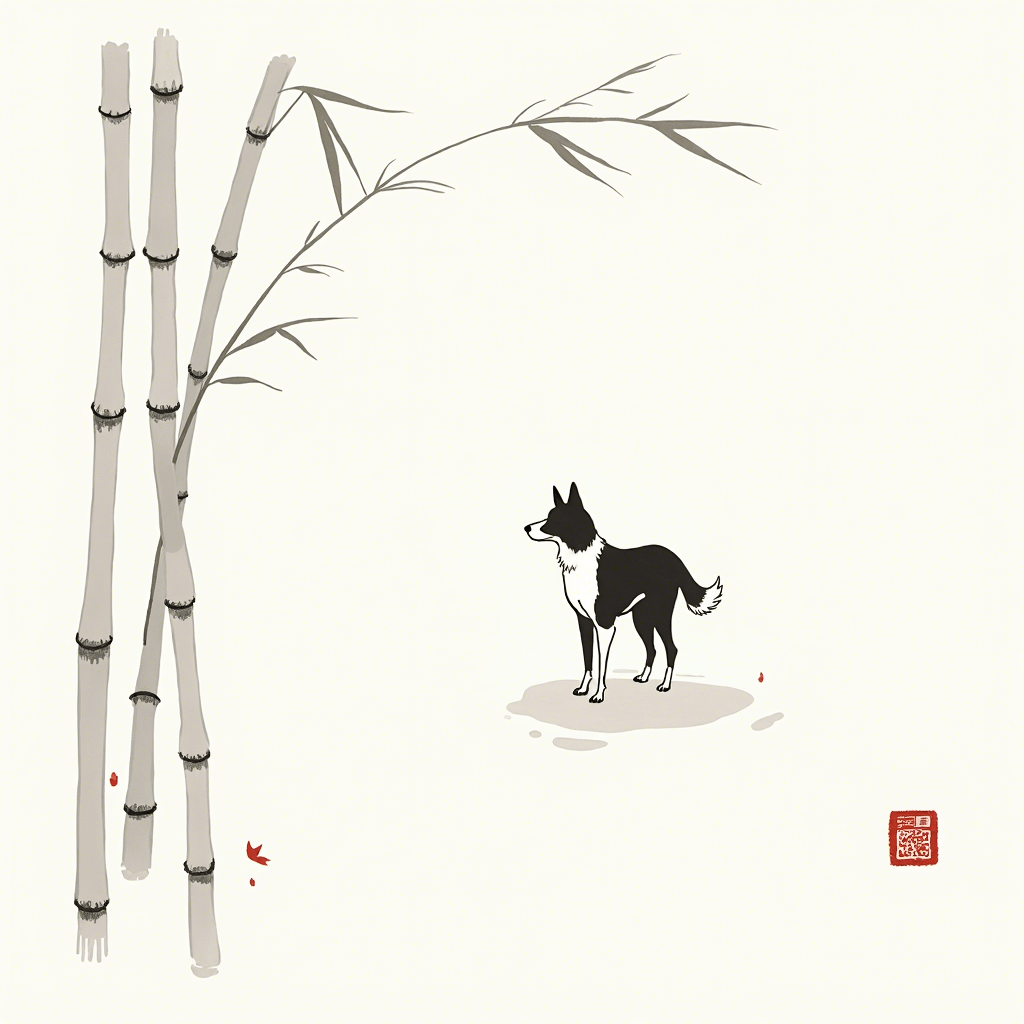
Japanese Sumi-e
Traditional Japanese ink wash painting, using black ink and minimal brushstrokes to capture the essence of subjects like landscapes, animals, and bamboo.
Quick Navigation
External Resources
Overview
Origin
Japan
Historical Period
14th century onwards
Cultural Significance
Sumi-e, or ink wash painting, is a meditative art form that emphasizes simplicity, spontaneity, and capturing the spirit of the subject, influenced by Zen Buddhism.

Historical Timeline
1333-1573
Introduction and development during Muromachi period
1392-1573
Establishment of major ink painting schools
15th century
Sesshu Toyo develops distinctive Japanese style
Techniques
Use of black sumi ink on rice paper
Minimal brushstrokes to capture essence
Focus on natural subjects like bamboo, birds, and landscapes
Emphasis on spontaneity and mindfulness
Cultural Context
Sumi-e, or ink wash painting, is a meditative art form that emphasizes simplicity, spontaneity, and capturing the spirit of the subject, influenced by Zen Buddhism.
Did You Know?
Sumi-e artists often practice meditation before painting, as the art form emphasizes capturing the spirit of the subject with minimal strokes.